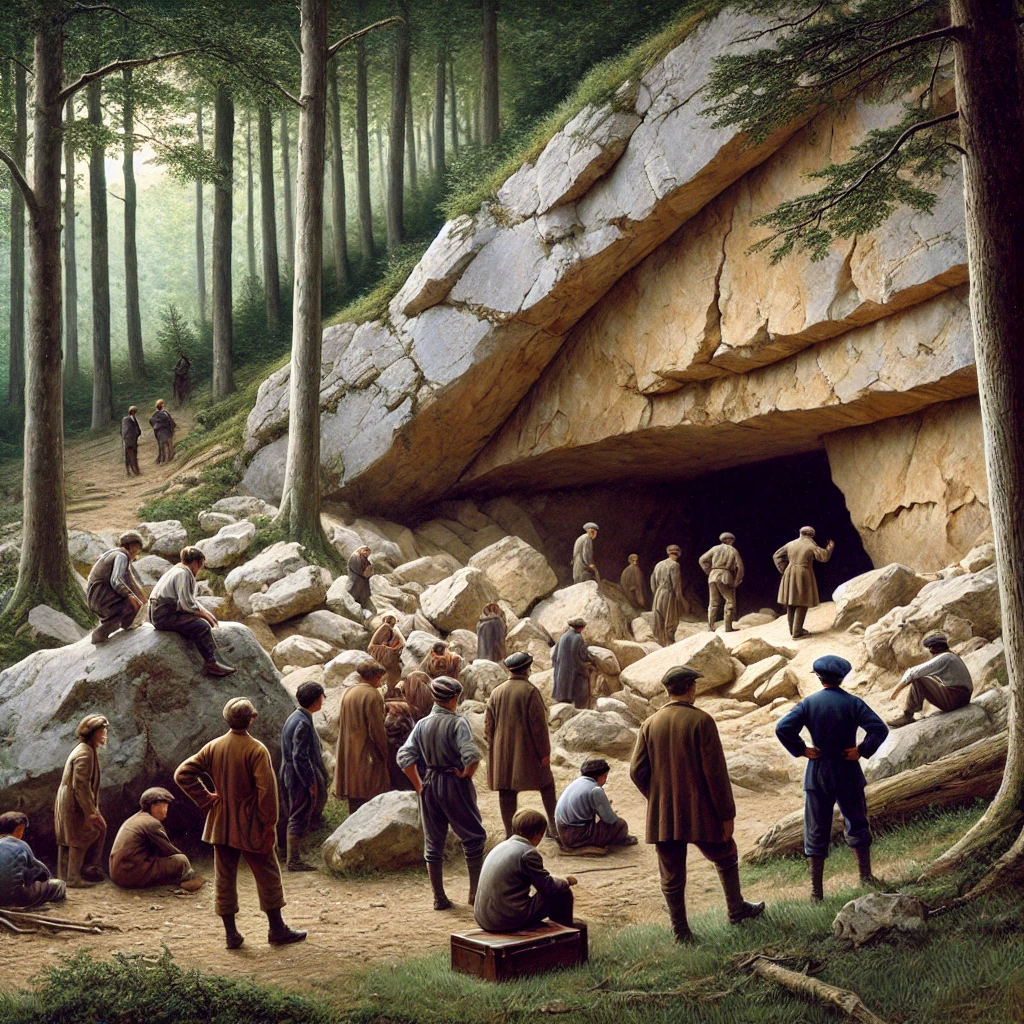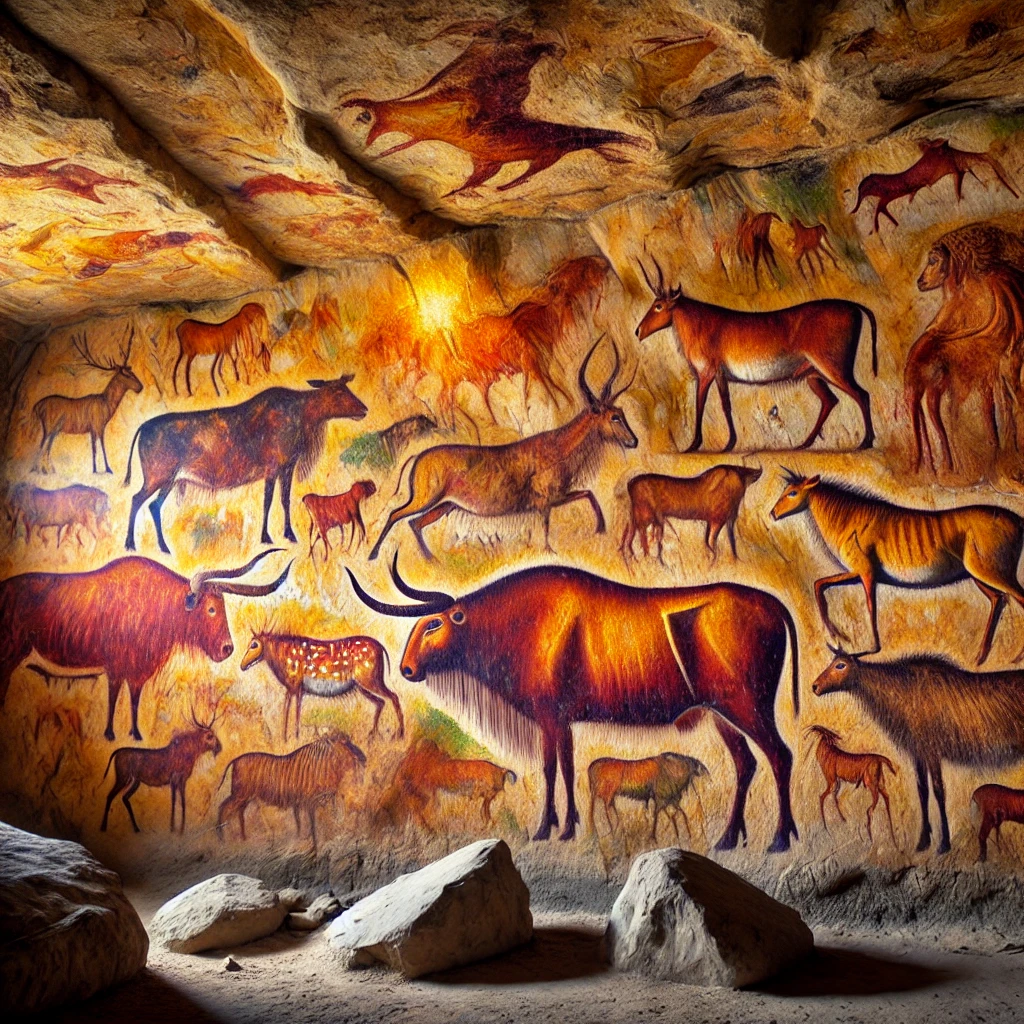On September 10th, 2008, the scientific community and the world at large witnessed a historic moment In September 1940, four teenage boys in Montignac, France, stumbled upon a discovery that would captivate the world and redefine our understanding of prehistoric art. The Lascaux Cave, as it came to be known, contained a breathtaking array of Paleolithic paintings that would later be recognized as one of the most significant archaeological finds of the 20th century. This discovery not only offered unprecedented insights into the artistic and cultural practices of early humans but also sparked a deeper appreciation for the complexity and sophistication of prehistoric societies.
The Discovery and Initial Exploration
The discovery of the Lascaux Cave began when four local teenagers—Marcel Ravidat, Jacques Marsal, Georges Agnel, and Simon Coencas—were exploring the forested area near Montignac. Their adventure took a remarkable turn when one of the boys, Ravidat, accidentally uncovered a hole in the ground while searching for his dog. Curiosity led them to investigate further, and they soon found themselves in a subterranean chamber filled with stunningly preserved artwork. The cave’s entrance was concealed, and the boys’ accidental discovery opened a gateway to an ancient world frozen in time.
Upon realizing the significance of their find, the boys informed local authorities, who subsequently alerted archaeologists and scientists. The initial exploration revealed an extraordinary collection of paintings, including depictions of animals such as aurochs, horses, and stags. These artworks were not merely decorative but appeared to be imbued with ritualistic or symbolic significance, suggesting that the artists had a profound connection to their subjects and the natural world.

Unveiling the Art and Its Significance
The Lascaux Cave paintings are renowned for their exceptional quality and detail. The artworks, estimated to be around 17,000 years old, include over 600 depictions of animals and human figures, rendered with remarkable precision and skill. The use of natural pigments and the technique of shading and contouring demonstrate a sophisticated understanding of both art and anatomy. These elements suggest that the artists had an advanced grasp of their environment and an intricate knowledge of the animals they depicted.
One of the most striking features of the Lascaux paintings is their dynamic composition. Unlike earlier examples of prehistoric art, which often presented animals in static poses, the Lascaux images portray movement and interaction. The paintings capture scenes of hunting and ritualistic behavior, offering a glimpse into the daily lives and spiritual beliefs of early humans. The level of detail and artistry exhibited in the cave’s artworks has led researchers to conclude that the creators possessed a well-developed aesthetic sensibility and cultural sophistication.
The Impact on Archaeology and History
The discovery of the Lascaux Cave marked a turning point in the field of archaeology and the study of prehistoric art. Prior to this find, knowledge of Paleolithic art was limited, and many researchers doubted the existence of such advanced artistic practices among early humans. The Lascaux paintings challenged these assumptions and provided compelling evidence of complex artistic and symbolic expressions during the Paleolithic era.
The cave’s significance extended beyond its artistic value. It offered valuable insights into the social and cultural practices of prehistoric societies. The presence of specific animal species in the paintings indicated that the artists had a deep connection to their environment and relied on hunting as a crucial aspect of their subsistence. The ritualistic nature of some of the depictions suggested that art played a role in spiritual or ceremonial activities, reflecting the importance of ritual in early human societies.

Preservation Challenges and Modern Efforts
The Lascaux Cave’s discovery also brought to light significant challenges related to the preservation of prehistoric art. The cave’s unique environment, including temperature and humidity levels, played a crucial role in maintaining the paintings over millennia. However, the introduction of modern visitors and the associated increase in humidity and carbon dioxide levels posed risks to the delicate artwork. Efforts to preserve the cave and its paintings became a priority for conservationists and scientists.
In response to the preservation challenges, measures were implemented to limit public access to the original cave. Instead, replicas and virtual tours were created to allow visitors to experience the art without exposing it to further damage. The conservation efforts have been instrumental in safeguarding the integrity of the Lascaux paintings and ensuring that future generations can continue to study and appreciate this remarkable cultural heritage.
Cultural and Educational Impact
The discovery of the Lascaux Cave had a profound impact on education and public awareness of prehistoric art. The cave’s artworks have been the subject of numerous scholarly studies, exhibitions, and educational programs, contributing to a greater understanding of early human creativity and cultural expression. The paintings have also inspired artists, writers, and filmmakers, highlighting the enduring influence of prehistoric art on contemporary culture.
The Lascaux Cave has become a symbol of humanity’s artistic and cultural evolution. Its discovery underscored the importance of preserving our shared heritage and recognizing the achievements of early humans. The cave’s influence extends beyond the realm of archaeology, shaping how we view the development of human creativity and the role of art in shaping our collective identity.

Legacy and Continued Research
The legacy of the Lascaux Cave continues to shape the field of archaeology and the study of prehistoric art. Ongoing research and technological advancements have provided new insights into the cave’s paintings and their significance. Techniques such as radiographic analysis and digital imaging have allowed scientists to examine the artwork in unprecedented detail, revealing additional layers of meaning and context.
The Lascaux Cave remains a focal point for research and scholarly inquiry, contributing to our understanding of early human societies and their artistic achievements. The continued exploration of prehistoric art and culture underscores the importance of preserving and studying our ancient heritage, ensuring that the legacy of the Lascaux Cave endures for future generations.
Conclusion
The discovery of the Lascaux Cave in 1940 was a momentous event that revolutionized our understanding of prehistoric art and culture. The cave’s remarkable paintings provided a window into the lives and beliefs of early humans, challenging previous assumptions and expanding our knowledge of their artistic and symbolic practices. The preservation efforts and continued research surrounding the Lascaux Cave reflect its enduring significance as a testament to human creativity and cultural heritage. The legacy of the cave serves as a reminder of the profound impact that a single discovery can have on our understanding of history and our appreciation of the artistic achievements of our ancestors.
